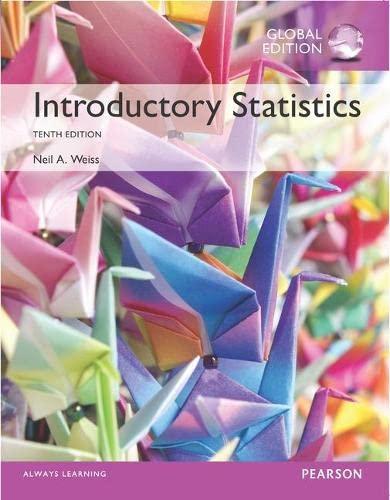Girls and Boys. One probability model for child gender is that a boy or a girl is
Question:
Girls and Boys. One probability model for child gender is that a boy or a girl is equally likely to be born. If that model is correct, then, for a two-child family, the probabilities are 0.25, 0.50, and 0.25 of two girls, one girl and one boy, and two boys, respectively. W. Stansfield and M. Carlton examined data collected in the National Health Interview Study on two-child families in the article
“The Most Widely Published Gender Problem in Human Genetics”
(Human Biology, Vol. 81, No. 1, pp. 3–11). Of 42,888 families with exactly two children, 9,523 had two girls, 22,031 had one girl and one boy, and 11,334 had two boys.
a. At the 1% significance level, do the data provide sufficient evidence to conclude that the distribution of genders in two-children families differs from the distribution predicted by the model described?
b. In view of your result from part (a), what conclusion can you draw?
Extending the Concepts and Skills
Step by Step Answer:






